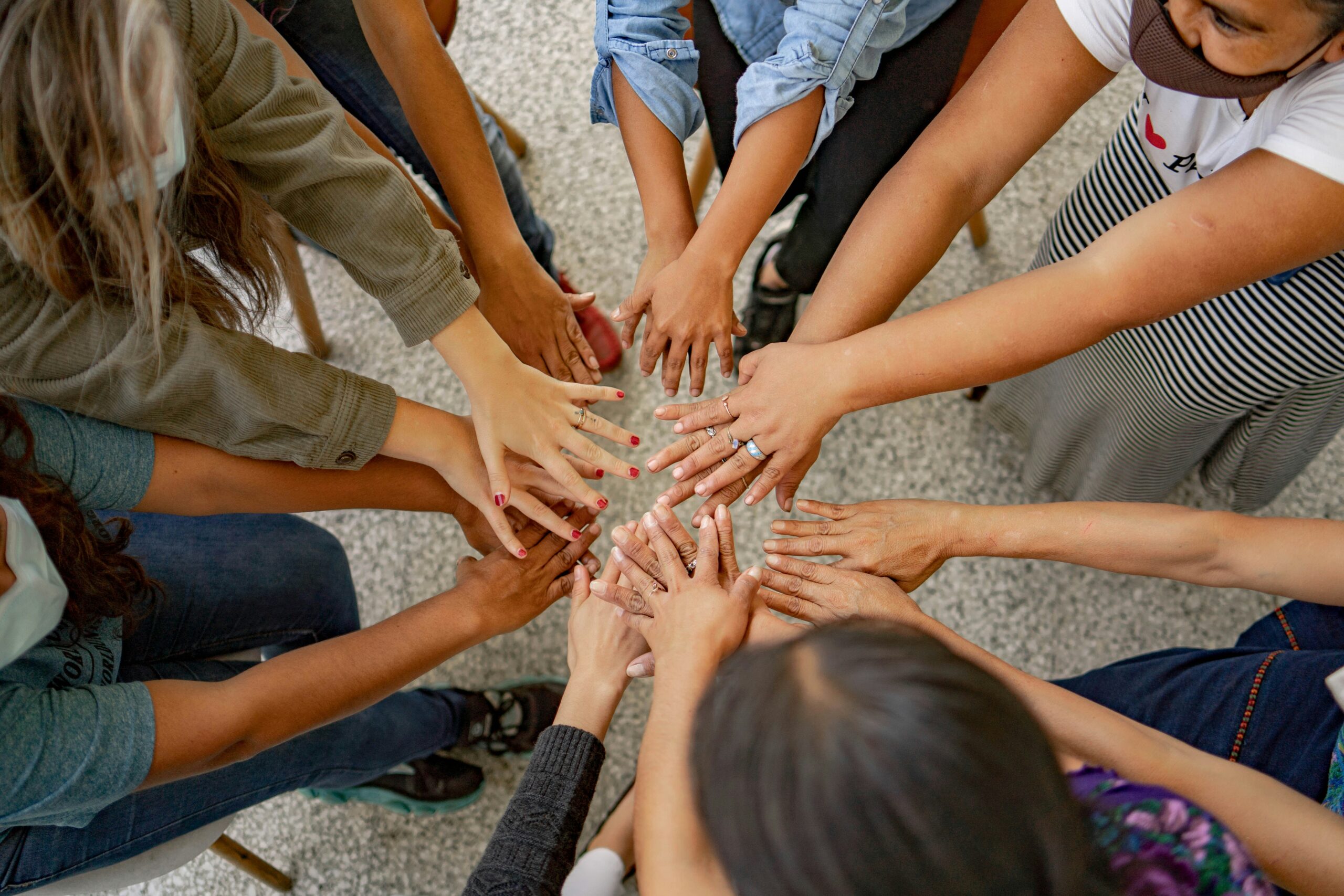
Community engagement is more than a buzzword—it’s the lifeblood of healthy, resilient societies. When individuals come together around a shared purpose, they spark innovation, foster social cohesion, and empower one another to tackle pressing challenges. Whether it’s improving local schools, organizing neighborhood cleanups, or advocating for policy reform, community engagement transforms isolated efforts into unified action. By investing time and energy in our communities, we each become agents of positive change, creating ripple effects that reach far beyond ourselves.
The Power of Collective Action
At its core, community engagement harnesses the collective skills, experiences, and passions of diverse individuals. When neighbors convene to address a shared concern—be it public safety, environmental sustainability, or access to social services—they combine strengths in ways no single person could match. This collaborative spirit builds trust, nurtures empathy, and fosters a sense of ownership over local outcomes. Studies have shown that neighborhoods with high civic participation enjoy lower crime rates, better health outcomes, and stronger economic stability, illustrating how collective action yields tangible benefits for residents.
Moreover, community engagement extends beyond problem-solving. It cultivates leadership and builds social capital—networks of relationships that enable people to work together effectively. As community members volunteer, attend town hall meetings, or mentor youth, they develop new skills and deepen their understanding of local systems. This investment in human and social capital is essential for sustaining long-term progress, as engaged citizens are more likely to advocate for equitable policies, hold decision-makers accountable, and mobilize resources during crises.
Practical Approaches to Engaging Your Community
Turning intention into action requires thoughtful planning and inclusive practices. One effective strategy is establishing clear goals and inviting broad participation. Start by identifying a specific issue—such as improving park maintenance or expanding literacy programs—and convene an open forum where all voices are welcome. Use simple tools like surveys, social media polls, or focus groups to gather diverse perspectives, ensuring that underrepresented groups have a seat at the table.
Partnerships with existing organizations can also amplify impact. Local nonprofits, faith groups, schools, and businesses often possess valuable expertise, resources, and networks. By collaborating rather than duplicating efforts, community stakeholders can pool funding, share outreach channels, and coordinate events more efficiently. For example, a joint initiative between a neighborhood association and a local library might host reading circles for children, combining volunteers with educational materials to foster early literacy.
Another key tactic involves leveraging digital platforms to lower barriers to participation. Community forums on social media, virtual town halls, and collaborative mapping tools allow busy residents to engage on their own schedules. While online methods can’t fully replace face-to-face interaction, they complement traditional outreach by reaching people who might otherwise feel isolated or intimidated. Ensuring accessibility—such as providing translation services, captioning, or child care—further broadens participation and strengthens community ties.
Measuring Success and Sustaining Momentum
To maintain enthusiasm and demonstrate progress, it’s important to track outcomes and celebrate milestones. Establish measurable indicators from the outset—like the number of volunteer hours contributed, percentage improvements in local amenities, or attendance at community events—and share regular updates through newsletters, social media, or bulletin boards. Visual tools such as before-and-after photos, infographics, or short video testimonials can vividly illustrate the collective impact.
Sustainability hinges on recognizing and nurturing emerging leaders. As projects evolve, encourage volunteers to take on roles that match their interests and skills, whether organizing fundraisers, coordinating logistics, or publicizing events. Offering training workshops on project management, grant writing, or facilitation not only builds capacity but also signals that every contribution is valued. Over time, a network of experienced community advocates emerges, capable of launching new initiatives and mentoring newcomers.
Finally, adapt to changing needs by soliciting ongoing feedback. Periodically revisit original goals and ask participants what’s working well and where adjustments are needed. This iterative approach prevents stagnation, ensures resources are used effectively, and reinforces a culture of shared responsibility. When residents see that their input shapes decisions, they feel a deeper connection to the community and are more invested in long-term success.
Engaging with one’s community is both an opportunity and a responsibility. It deepens our sense of belonging, sharpens our civic skills, and unlocks the creativity needed to address complex challenges. By coming together in pursuit of common goals, we affirm our shared humanity and lay the foundation for vibrant, inclusive neighborhoods. Whether you’re rallying neighbors to plant a community garden, mentoring students, or advocating for local policy change, every act of engagement matters. Making a difference starts when you step forward—and the legacy you help build will endure for generations to come.